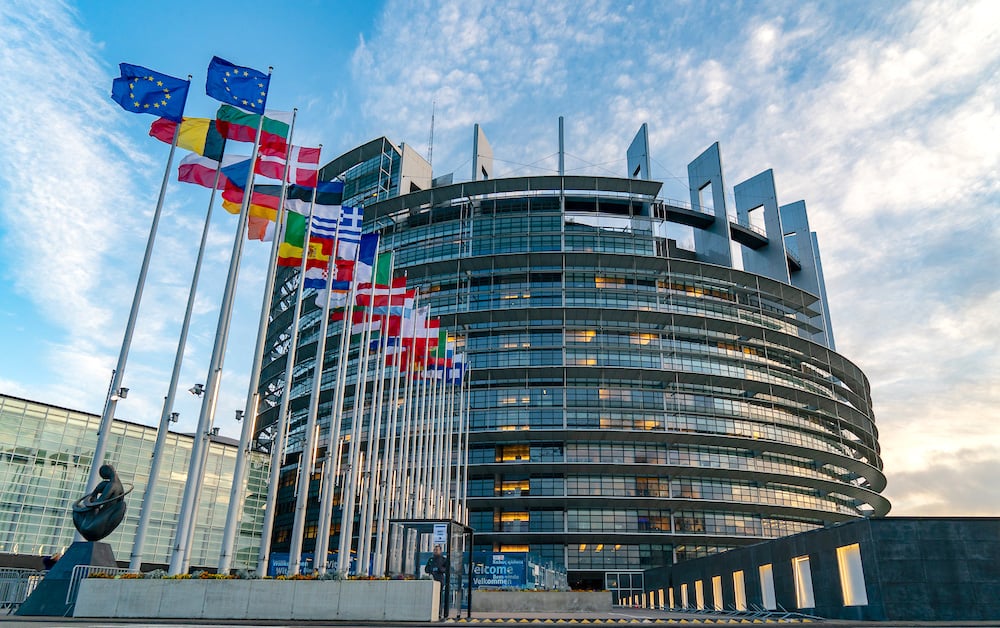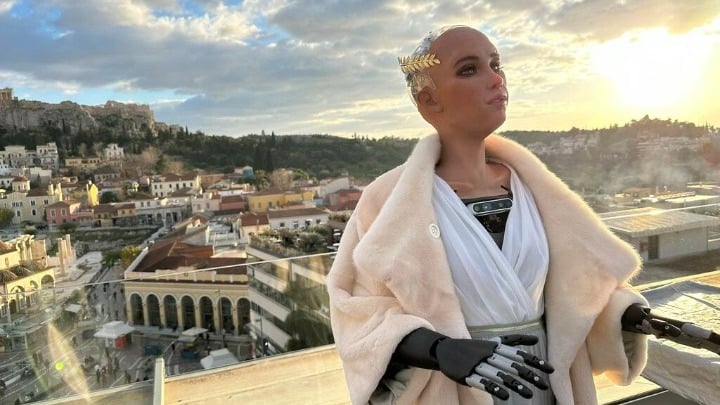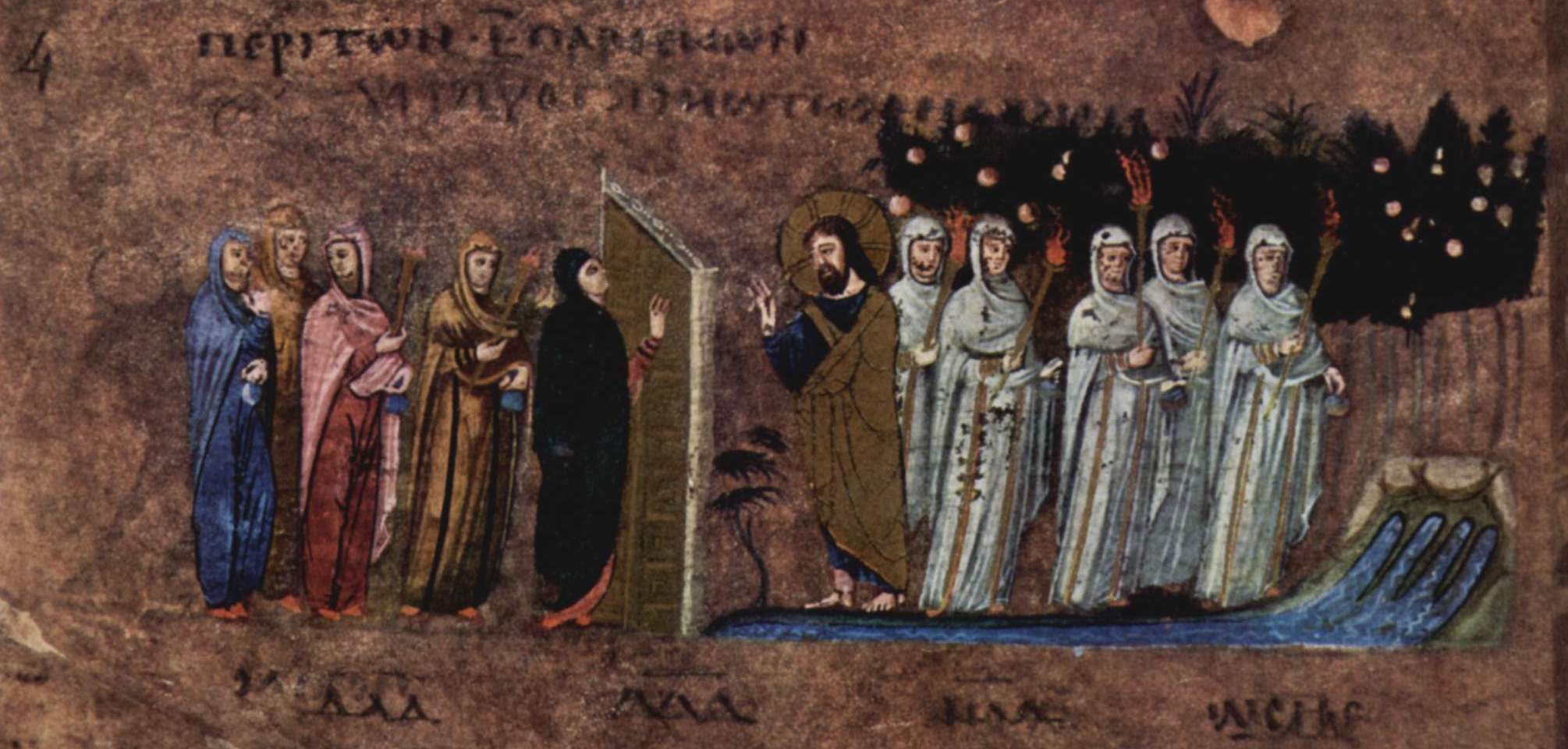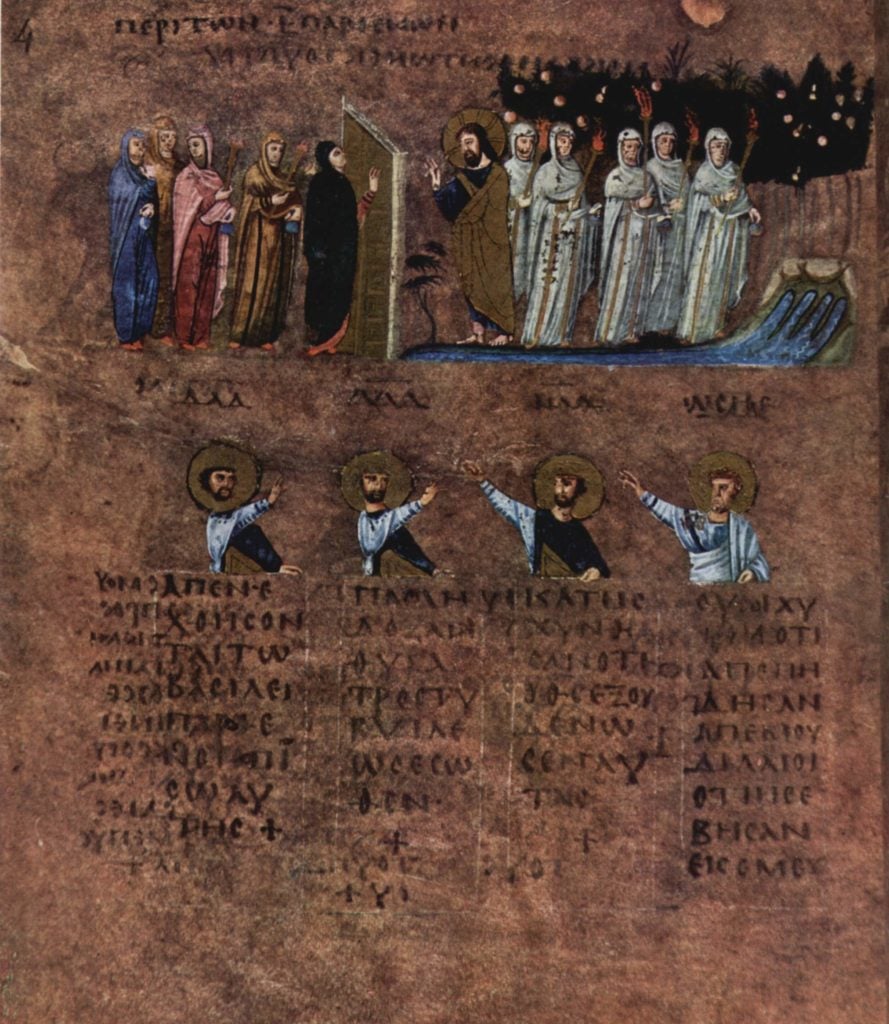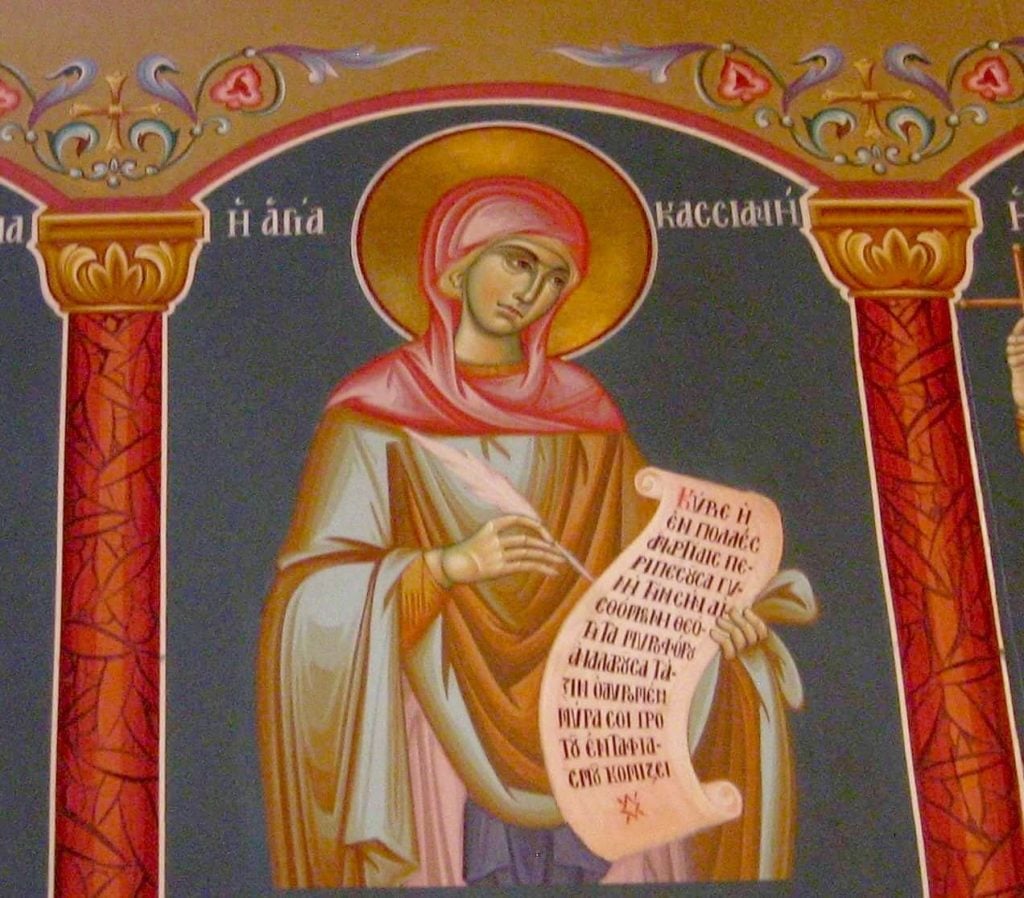
The island of Poros in Greece recently hosted the annual East Med Yacht Show, considered one of the largest maritime industry events worldwide.
Hundreds of Greek and international yachting agents and media representatives specializing in marine tourism’s international promotion attended the event.
Poros is a unique green pine trees-covered and picturesque island located in the island complex of the Saronic Gulf, approximately 30 nautical miles south of Piraeus.
Its location has established itself as a strategic marine-oriented island since ancient times. In 1834 the new Greek Government established its first naval base following the liberation from Turkish rule.
The international Boat Show was co-organized by the Municipality of Poros, the Municipal Port Organization of Poros, the Hellenic Professional Yacht Owners Association and FX Yachting, under the aegis of the Ministry of Maritime Affairs & Insular Policy, the Ministry of Tourism, the Region of Attica, the Hellenic Tourism Organization, the Greek Tourism Confederation (SETE), the Hellenic Chamber of Shipping, the Piraeus Chamber of Commerce and Industry, the Propeller Club, the Charter Yacht Brokers Association (CYBA) and the Federation of Hellenic Associations of Travel and Tourism Agencies (FedHATTA).

105 commercial yachts participated in the show on Poros
In its 20th year, the East Med Yacht Show included 105 Commercial Yachts moored at Poros port out of which 65 Catamarans, 30 motor yachts, 5 motor Sailers and Monohull Sailing yachts and 40 exhibitors were registered such as Greek crewed yacht charter companies, including companies providing maritime tourism services.
More than 300 charter brokers from America, Australia, Austria, Belgium, France, Germany, Switzerland, Greece, UK. United Kingdom, Spain, Israel, Italy, Canada, China, Croatia, Cyprus, New Zealand, Poland and Turkey attended the EMMYS Boat Show.
40 pavilions with Greek crewed yacht charter companies including companies providing maritime tourism services participated.
The Boat Show promoted an ecological footprint, in line with the “green” transformation of Poros, in the framework of the “GR-Eco Islands” initiative and the agreement signed between the Greek PM, Kyriakos Mitsotakis and the Minister of Industry and Advanced Technology of the UAE, President of COP28 and President of Masdar, Dr Sultan Al Jaber.
EMMYS – Poros 2024 was based on the slogan “no plastic”, promoting the production and consumption of filtered drinking water on yachts rather than bottled water for both customers and crew to eliminate the use of plastic bottles on board.
Poros is also running a project founded by the Greek National Tourism Organization and part of the yacht docking facilities will be reconstructed and upgraded to a smart and eco-operated yacht port; The Municipality΄s and the Port Authority΄s goal is to make all port facilities smarter and greener making Poros a dominant and well-known yacht destination.

The Mayor of Poros George Koutouzis and the President of the Municipality Port Organization of Poros Mr. Konstantinos Moutzouvis offered local products to the Captains and crews of professional yachts as a sign of recognition of their vital role in the successful chartering and promotion of marine tourism.
The Port Organization arranged and decorated the exhibitors’ stands with flowers.





